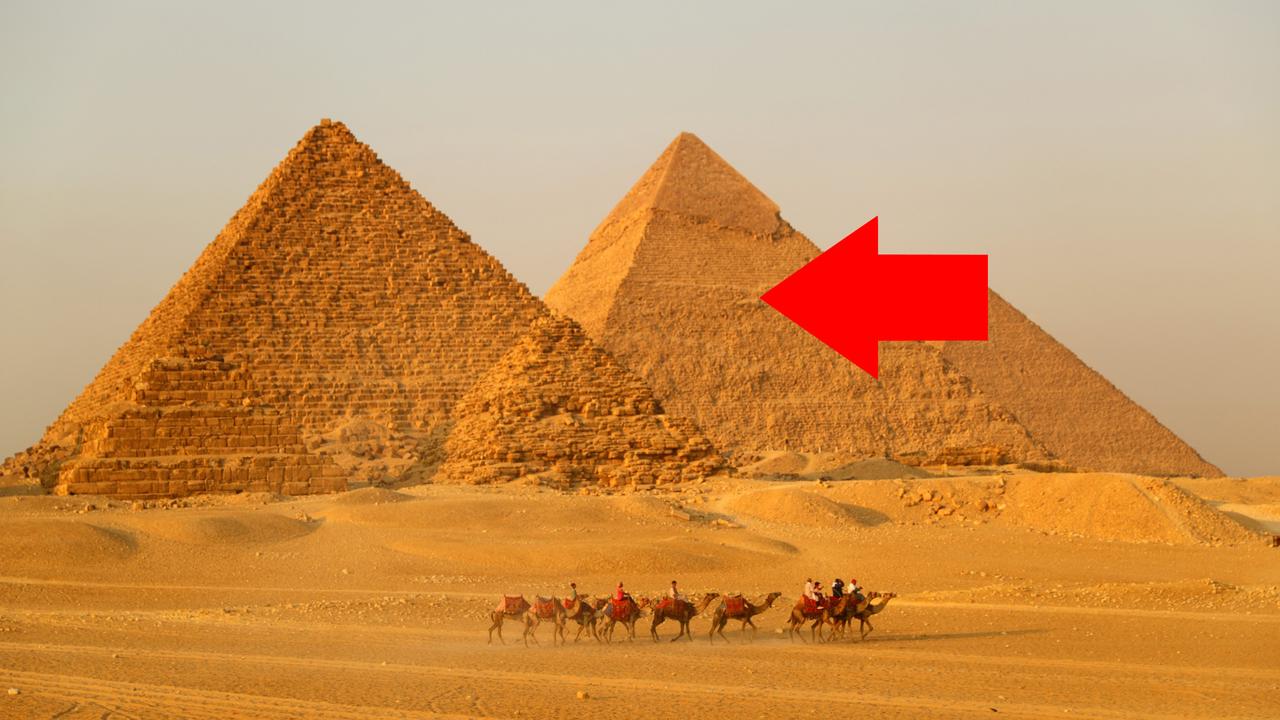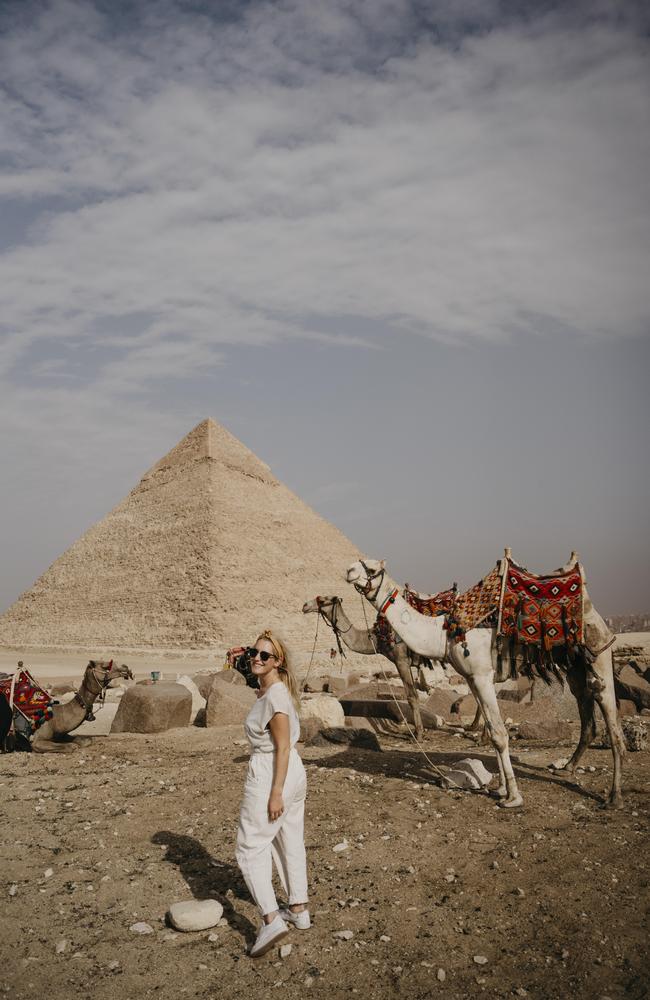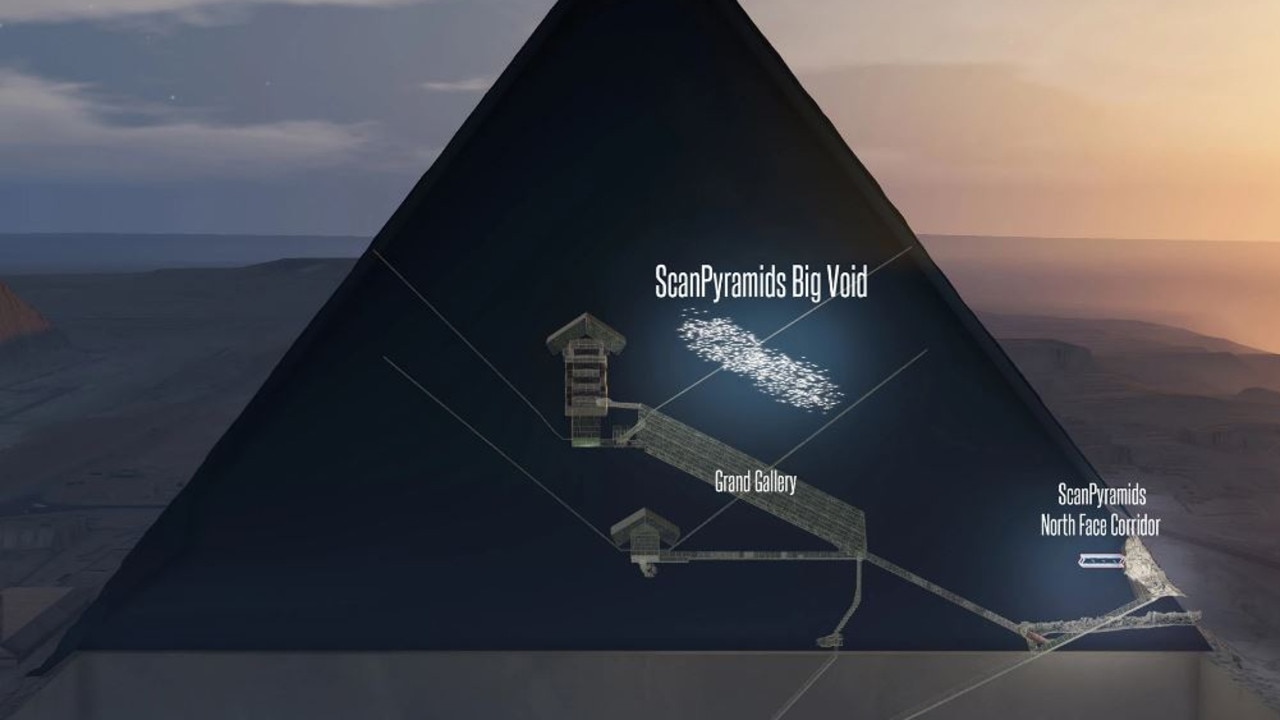‘Mysterious voids’ discovered in Great Pyramid of Giza could lead to pharaoh’s chamber
Two “mysterious voids” have been identified inside the Great Pyramid of Giza — and one could house the legendary tomb of the pharaoh.

They hope to fill a major void in Egyptological scholarship.
An ultra-powerful scan of Egypt’s Great Pyramid of Giza could help identify two mysterious spaces that potentially house the legendary tomb of the pharaoh. The watershed study was published last month in arXiv by University of Cornell archaeologists.
“We plan to field a telescope system that has upwards of 100 times the sensitivity of the equipment that has recently been used at the Great Pyramid,” wrote the researchers of the proposed scan, which is titled “The Exploring the Great Pyramid Mission.”
They use advanced cosmic ray technology to map the internal structure of the Great Pyramid, which is Egypt’s largest pyramid and the last surviving wonder from antiquity.
The team’s research is based on a study by Scan Pyramid group, which conducted a series of scans between 2015 and 2017 that analysed muons — cosmic particles that regularly fall on Earth — to detect any voids, Live Science reported. Muons react differently to air and stone and are therefore ideal for mapping air pockets in stone structures such as pyramids.

The scientists found two spaces, the larger of which measures 30m long and 6m high and sits above the grand gallery. Meanwhile, the smaller void is located near the citadel’s north face.
And while neither void’s function is clear, scientists speculate that the large one could lead to the secret burial chamber of the pharaoh Khufu (reign circa 2551BC to 2528BC), for whom the Great Pyramid was originally constructed in the 26th century BC.
In order to peer inside the void, researchers plan to scan the area with supercharged cosmic ray muons, which are 100 times more powerful than the ones used in the prior scan.
Using them will allow researchers to “image muons from nearly all angles and will, for the first time, produce a true tomographic image (three-dimensional internal images created by analysing waves of energy) of such a large structure,” per the study.

“Since the detectors that are proposed are very large, they cannot be placed inside the pyramid, therefore our approach is to put them outside and move them along the base,” the team wrote. “In this way, we can collect muons from all angles in order to build up the required data set.”
They added that “the use of very large muon telescopes placed outside (the Great Pyramid) can produce much higher resolution images due to the large number of detected muons”.
In fact, the detectors are so sensitive that they may be able to pick up pottery and other artefacts housed within this pyramid scheme, per the study. Here’s hoping none of the voids houses booby traps a la Brendan Fraser’s 1999 film “The Mummy.”


While the scans have been greenlighted by the Egyptian Ministry of Tourism and Antiquities, the team still requires funding to build the equipment and deploy it inside the Great Pyramid.
It will then take between two and three years of viewing to amass enough data to begin the study itself.
In a similar landmark pyramid study from 2017, archaeologists found that the ancient Egyptians constructed the Great Pyramid at Giza by transporting 170,000 tons of limestone in boats.
This article was originally published by the New York Post and reproduced with permission



